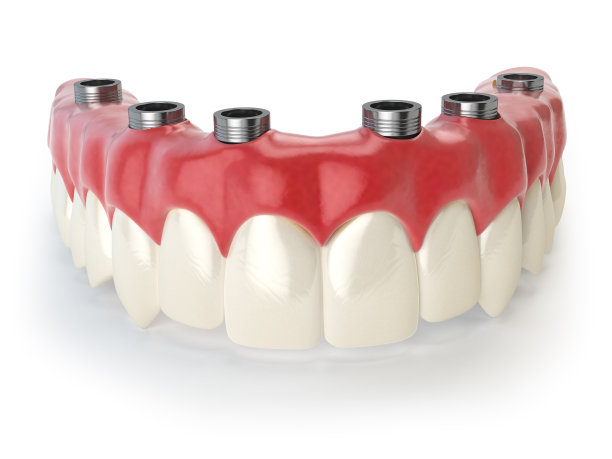Essential Guidelines for Ensuring Safety and Effectiveness in Root Canal Treatment Procedures and Patient Care
Summary: Root canal treatment is a vital dental procedure aimed at saving infected teeth and alleviating pain. Ensuring safety and effectiveness in these treatments requires a systematic approach that encompasses proper assessment, a sterile work environment, efficient treatment protocols, and effective patient care. This article will delve into essential guidelines that dental professionals should follow to ensure optimal outcomes for patients. Emphasizing the importance of a comprehensive approach will provide both practitioners and patients with a clearer understanding of what to expect and how to enhance the overall experience.
1. Comprehensive Pre-Treatment Assessment

Before any root canal procedure, a thorough assessment of the patients dental and medical history is crucial. This step allows dental professionals to identify any underlying conditions that could affect the treatment process. By understanding the patients health status, practitioners can anticipate potential complications and modify their approach accordingly.
In addition to a medical history review, diagnostic imaging, such as X-rays, should be utilized to evaluate the extent of infection or damage to the tooth and surrounding tissues. Proper imaging assists in accurate diagnosis and aids in the development of a tailored treatment plan, ensuring that all necessary factors are considered.
Finally, communication with the patient about the proposed treatment plan is essential. Taking the time to explain the steps involved, along with the benefits and risks, fosters trust and ensures that the patient feels informed and comfortable moving forward with the treatment.
2. Maintaining Sterility During Procedures
One of the most critical aspects of root canal treatments is ensuring a sterile environment to minimize the risk of infection. Dental professionals should adhere to strict infection control protocols, including the use of sterilized instruments and personal protective equipment (PPE), such as gloves, masks, and eyewear.
Furthermore, the work area should be meticulously cleaned and disinfected before and after each procedure. This practice not only safeguards the patients but also protects the dental team and maintains a hygienic workspace. The importance of this step cannot be overstated, as a clean environment significantly reduces the chances of post-operative complications.
Incorporating additional sterilization methods, such as using rubber dams during the procedure, aids in keeping the treatment area isolated from saliva and potential contaminants, thus enhancing the overall safety and effectiveness of the procedure.
3. Efficient Treatment Protocols and Techniques
Implementing efficient treatment protocols is vital for the success of root canal therapy. Practitioners should stay updated with the latest techniques and tools in endodontics to ensure they provide the best possible care. Utilizing advanced technologies, such as rotary endodontics or ultrasonic instrumentation, can streamline the process, allowing for quicker and more precise treatment.
Moreover, having a systematic approach to the procedure, including proper access cavity preparation, canal shaping, and obturation, enhances the likelihood of achieving long-term success. Each step must be performed meticulously to ensure that all infected tissue is removed and that the tooth is sealed effectively.
Finally, thorough documentation of the entire procedure is essential for future reference and continuity of care. Keeping detailed records not only helps in monitoring the patient’s recovery but also assists in identifying any patterns that may arise in future cases.
4. Focused Post-Treatment Care and Follow-Up
Post-treatment care is equally important as the procedure itself. Providing patients with clear and concise aftercare instructions helps them to manage pain, prevent infection, and understand any signs that may necessitate immediate attention. This guidance empowers patients to take an active role in their recovery.
Furthermore, scheduling follow-up appointments is essential for monitoring healing and addressing any complications that may arise. During these visits, dental professionals can assess the treatments effectiveness and adjust treatment plans as necessary. Consistent communication between the practitioner and the patient during this phase reinforces trust and ensures that the patient feels supported throughout their recovery.
Lastly, encouraging patients to maintain regular dental check-ups can help in the early detection of potential issues, ensuring that any complications related to the root canal treatment can be addressed promptly, thereby enhancing the long-term success of the procedure.
Summary:
In summary, root canal treatment is a complex procedure that necessitates a careful approach to ensure both safety and effectiveness. By conducting comprehensive pre-treatment assessments, maintaining sterility during procedures, employing efficient protocols, and emphasizing post-treatment care, dental professionals can significantly improve patient outcomes. These essential guidelines work together to create a holistic framework that not only alleviates pain but also restores the patient’s dental health.
This article is compiled by Vickong Dental and the content is for reference only.



